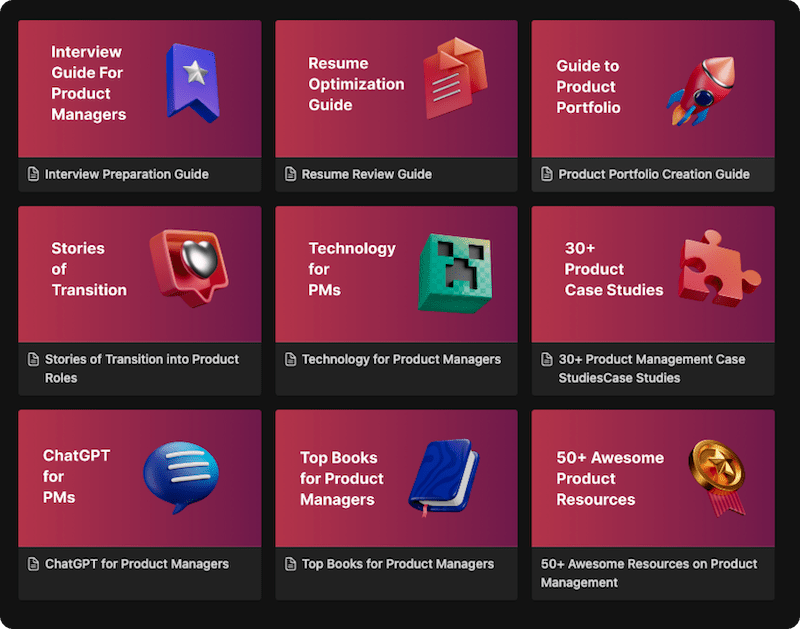Book Summary of The Lean Startup by Eric Ries
About the Book
“The Lean Startup” by Eric Ries introduces a methodology that revolutionizes the way startups and established companies approach product development. Ries advocates for a scientific approach to entrepreneurship, emphasizing the importance of validated learning, rapid experimentation, and iterative product development. The book outlines core principles such as the build-measure-learn feedback loop, the Minimum Viable Product (MVP), and the concept of pivot, which enable companies to navigate uncertainty and maximize their chances of success in today’s fast-paced business environment.
Important Lessons from the Book
- Validated Learning: Prioritize learning over blindly pursuing a preconceived plan. Use experiments and feedback to validate assumptions and adjust your strategy accordingly.
- Build-Measure-Learn Feedback Loop: Continuously iterate by building a minimal version of your product, measuring its impact, and learning from the results to inform further iterations.
- Minimum Viable Product (MVP): Develop the smallest version of your product that delivers value to customers. Use it to gather feedback, test hypotheses, and iterate based on real user insights.
- Innovation Accounting: Measure progress using actionable metrics that reflect customer behavior and the impact on the business, rather than relying solely on vanity metrics.
- Continuous Deployment: Embrace a culture of rapid and frequent deployment to gather real-time feedback and accelerate the learning process.
- Embrace Customer Development: Engage customers early on and involve them in the product development process to ensure market fit and avoid building products that no one wants.
- Pivot When Necessary: Be open to changing direction based on validated learning. Pivot by adjusting your product strategy, target market, or business model to increase your chances of success.
Mistakes to Avoid Suggested by Author
- Building without Validation: Avoid investing time and resources into building a product without testing assumptions and validating market demand.
- Ignoring Customer Feedback: Neglecting customer feedback can lead to developing products that fail to meet market needs or solve real problems.
- Overreliance on Vanity Metrics: Don’t be misled by vanity metrics that provide a skewed view of progress. Focus on actionable metrics that reflect user behavior and business impact.
- Fear of Failure: Embrace failure as a learning opportunity. Avoid being overly cautious and instead encourage experimentation and learning from mistakes.
- Lack of Iteration: Failing to iterate based on customer feedback and data can result in building products that do not evolve to meet market demands.
- Premature Scaling: Avoid scaling the product or the business too quickly before achieving product-market fit and understanding the customer’s needs and preferences.
- Inefficient Resource Allocation: Use resources wisely by prioritizing the most critical assumptions and experiments, ensuring efficient learning and progress.
Essential Action Steps you need to Take
- Embrace the Scientific Method: Apply a scientific approach to product development by formulating hypotheses, conducting experiments, and gathering data to validate or invalidate assumptions.
- Identify Key Assumptions: Determine the critical assumptions underlying your business model and product, and prioritize experiments to test them.
- Build a Minimum Viable Product (MVP): Develop a version of your product with essential features to quickly gather user feedback and validate assumptions.
- Implement Continuous Deployment: Establish a process for frequent and rapid deployment of product updates, allowing for faster learning cycles and user feedback.
- Engage in Customer Development: Actively involve customers in the development process, seek their feedback, and iterate based on their needs and preferences.
- Measure Actionable Metrics: Define metrics that directly reflect user behavior and business impact, enabling you to make informed decisions and track progress effectively.
- Embrace the Pivot: Be willing to pivot your product strategy, target market, or business model based on validated learning, ensuring alignment with market demands.
The conclusion from the Book
“The Lean Startup” by Eric Ries presents a revolutionary approach to entrepreneurship, advocating for validated learning, experimentation, and iterative development. By applying the principles of the lean startup methodology, companies can navigate uncertainty, reduce waste, and increase their chances of building successful products that truly meet customer needs. Embracing a culture of continuous learning, rapid iteration, and customer-centricity can transform the way businesses innovate and thrive in today’s dynamic market landscape.

 WATCH HELLOPM COHORT IN ACTION
WATCH HELLOPM COHORT IN ACTION


